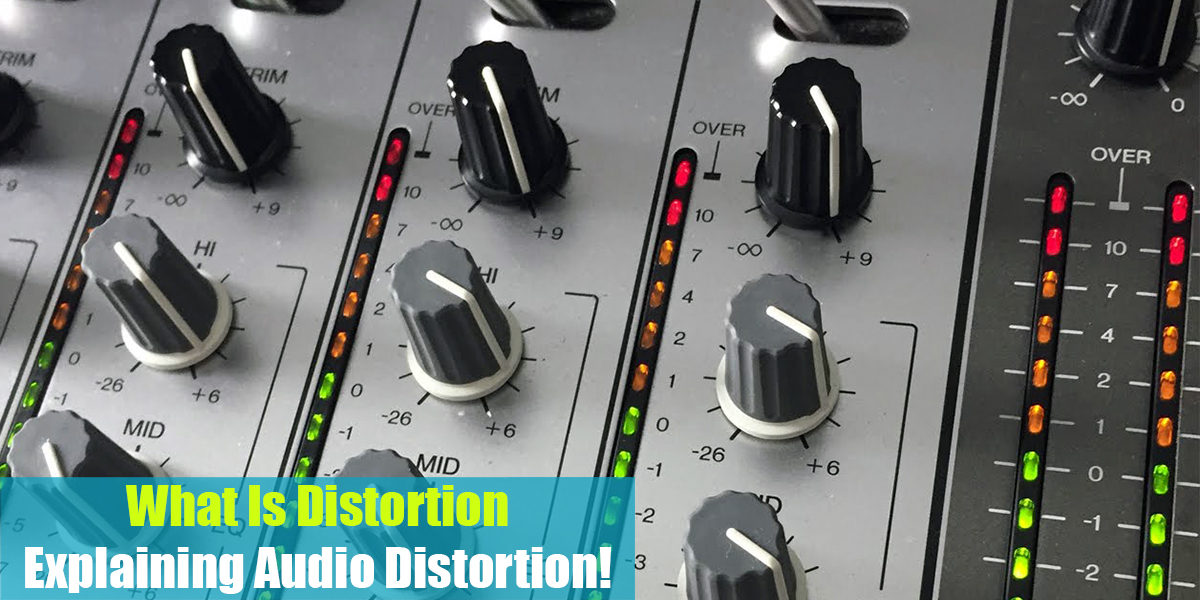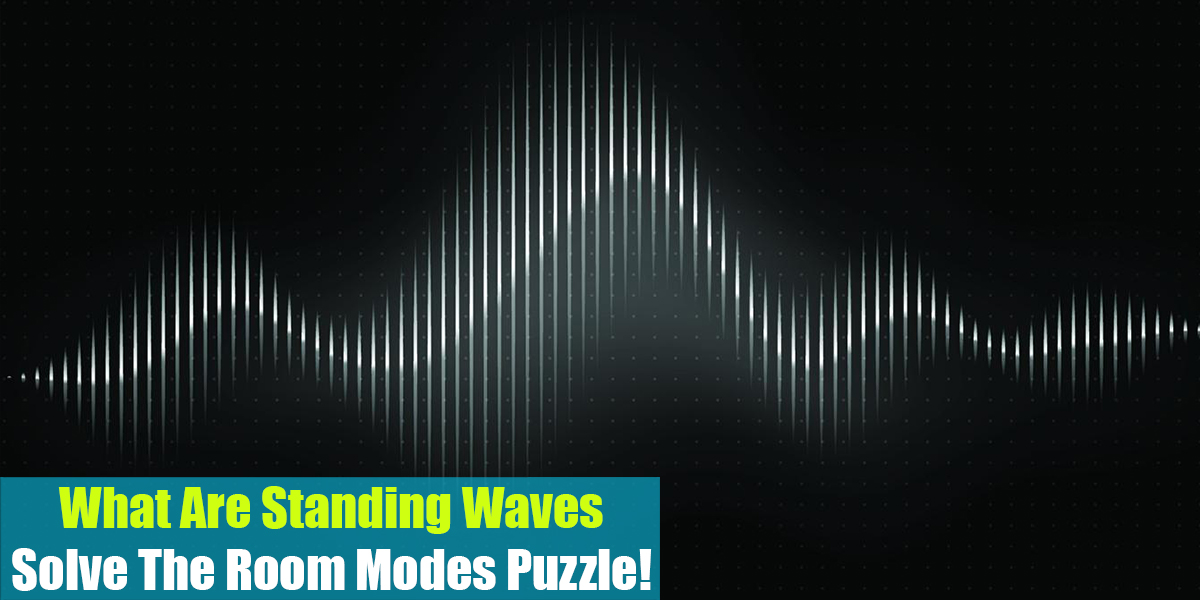How To Protect Your Audio Gear
Introduction
The excitement of buying new studio equipment and audio gear never gets old, whether you’re a seasoned engineer or just starting out. Even if you already own top-notch units, every new piece of gear brings fresh opportunities to improve your sound and experiment with music.
But then, one day, some of your beloved gear stops working. It’s heartbreaking, to say the least. Luckily, there are several steps you can take to protect your equipment from damage and keep it running smoothly for years to come.
In this article, we’ll go over some essential tips to help you protect your gear and enjoy it for as long as possible. Let’s dive into the details.
1. Cleaning and Dusting
This might seem obvious, but how often do you forget to dust your speakers or clean your microphone’s head? Dust can damage audio equipment easily. It gets into cracks and openings, harming sensitive electronic parts inside. That’s why it’s important to dust your equipment regularly.
Keeping your audio mixers, speakers, and other gear in good condition can be as simple as turning off the knobs after each use. You can also gently wipe your equipment with a damp towel soaked in water instead of using chemicals.
We won’t go into too much detail about cleaning since you’re probably already familiar with the process, but it’s worth mentioning. We suggest using deck savers for your gear or simply covering them with a cloth after use to keep dust from settling on them.
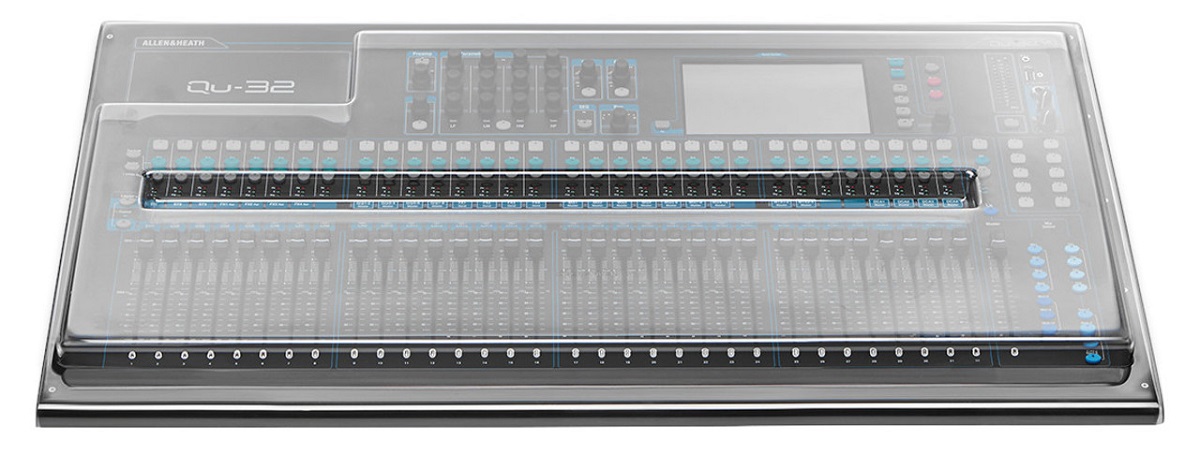
2. Try Not To Stack Components
Audio equipment should not be stacked directly on top of each other, especially if they are placed in a small space without good airflow.
Audio equipment generates a lot of heat. When components are touching, heat can easily transfer between them. This can cause the equipment to overheat and potentially damage the sensitive electronics inside. So, if you are using a rack mounting system, make sure each device is properly spaced apart.
If your equipment is inside an entertainment center or cabinet, we recommend using spacers between each piece. Thick plastic or rubber spacers can help prevent heat from transferring between devices. Remember, heat is one of the most important issues to consider, especially for smaller devices that don’t have built-in fans.
It’s a good idea to leave about 2 inches of space on all sides of each component. Drill holes in closed cabinets to improve airflow, and place the devices that get hottest on top of the rack. In some cases, you may also need to add a cabinet fan or a fan for individual components.
You can use standard fans or buy professional ones to keep the air moving and prevent heat from building up. Just make sure the fans are very quiet—or even silent—and that they work effectively for your setup.
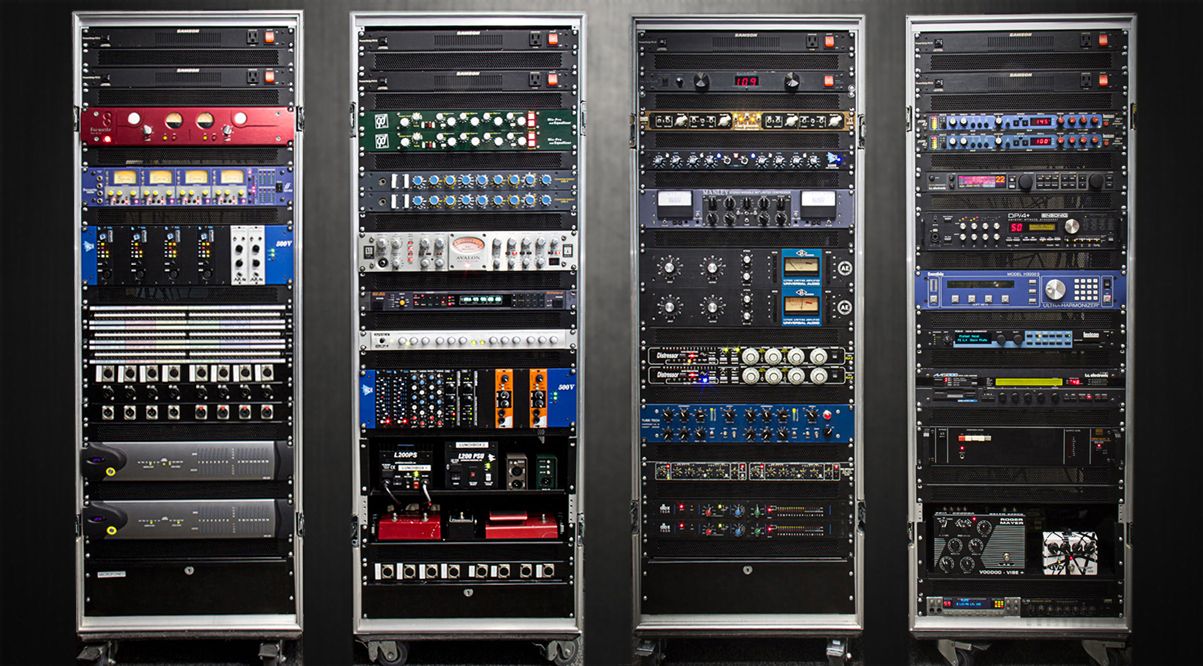
3. Surge Protectors
A power surge is simply a sudden spike in voltage flowing from an outlet. These “dirty” power surges can damage or even destroy your valuable equipment if they happen repeatedly. To protect your gear, you’ll need more than one layer of defense—using surge protectors is a must.
Most of the time, you’ll encounter smaller voltage spikes. While these may not immediately ruin your equipment, over time they can shorten its lifespan. Here are two devices that will help you protect and preserve your equipment:
UPS (Uninterruptible Power Supply): A UPS is essential for any well-protected system. It guards against power surges, outages, brownouts, and voltage spikes. For highly sensitive audio systems, we recommend a high-quality double-conversion UPS. This type removes harmonic distortion and electrical line noise—issues a regular line-interactive UPS might not catch.
Double-conversion UPS units are more expensive, but ask yourself this: Which costs more to replace—a UPS or a rack full of $10,000 equipment?
Power Conditioners: AV equipment can suffer gradual damage from small voltage dips and power fluctuations. Since power from the wall is often “dirty,” a power conditioner helps protect your gear from this slow deterioration.
It’s important to research before buying a power conditioner, as their quality can vary widely. In our experience, using a good power conditioner has protected our high-end equipment from surges time and again.
Don’t cut corners with surge protection. Avoid relying solely on the cheapest surge protector, a basic power strip, or a “protected” wall outlet. Power spikes can harm your equipment, so investing in proper surge protection and power conditioning is crucial.
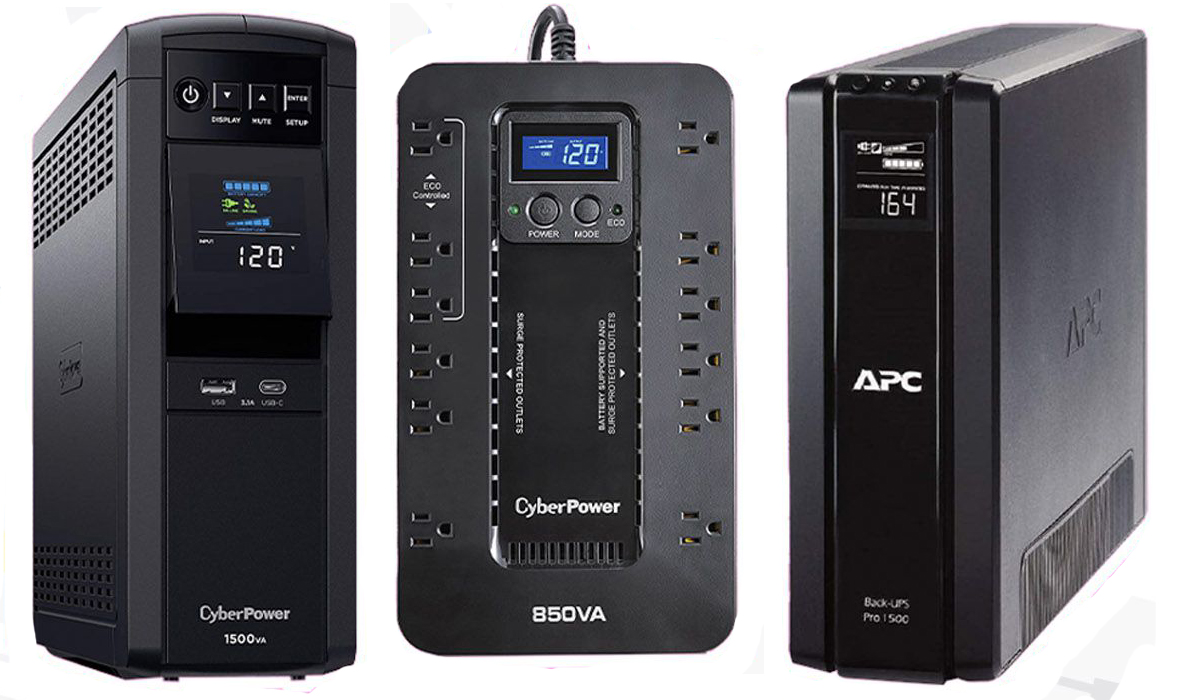
4. Safe Volume Levels
It’s common for people to accidentally damage their speakers or receivers by turning the volume up too high. Speakers are designed to handle only a certain amount of power, and if they receive too much, they can become damaged. Similarly, receivers are built to deliver sound at a limited power level.
A single receiver can provide enough power for a large speaker system, even one with seven speakers. However, if you turn the volume up too high, the receiver can start to “clip.” This happens when the amplifier tries to push out more voltage or current than it can handle. When a receiver sends out more power than it’s made for, it becomes overloaded.
Clipping can happen in two ways. First, the receiver can overheat from being used too much. Second, a speaker can get too much power, which can overheat the tweeters and permanently damage the speaker. Both situations are bad because they often mean you’ll have to replace either the receiver or the speakers.
Check our article on Audio Distortion here!
5. Maintenance
It’s not the most exciting advice, but if you’re dealing with high-voltage power in your home, be sure to hire a licensed electrician. In some countries, this isn’t just a suggestion—it’s the law. These rules are in place for your safety and to prevent electrical fires.
High-voltage power can be dangerous and should always be handled with care. If you’re not completely confident in what you’re doing, call a professional. Doing so could save you a lot of headaches and serious trouble down the road.
If you’re having issues with your home theater equipment tripping breakers, it’s also smart to bring in an expert. An electrician can assess your setup and recommend what you need to keep your system running smoothly, whether that means installing a higher amp breaker or running a dedicated line just for your home theater.
Conclusion
We’ve covered the most common causes of damage to your gear, like dust, humidity, and heat, but remember there are many other ways your equipment can be affected. Make sure your listening environment is set up properly and your equipment is placed correctly for the best results.
It’s also a good idea to set aside a bit of your budget for improving your room’s acoustics and for power protection. Following these steps will help extend the life of your gear and give you better sound quality.
If you have any questions about what we’ve discussed here, please let us know in the comments below. We’re happy to go over your concerns and work together to find solutions that will help you preserve sound quality and keep your equipment safe.

